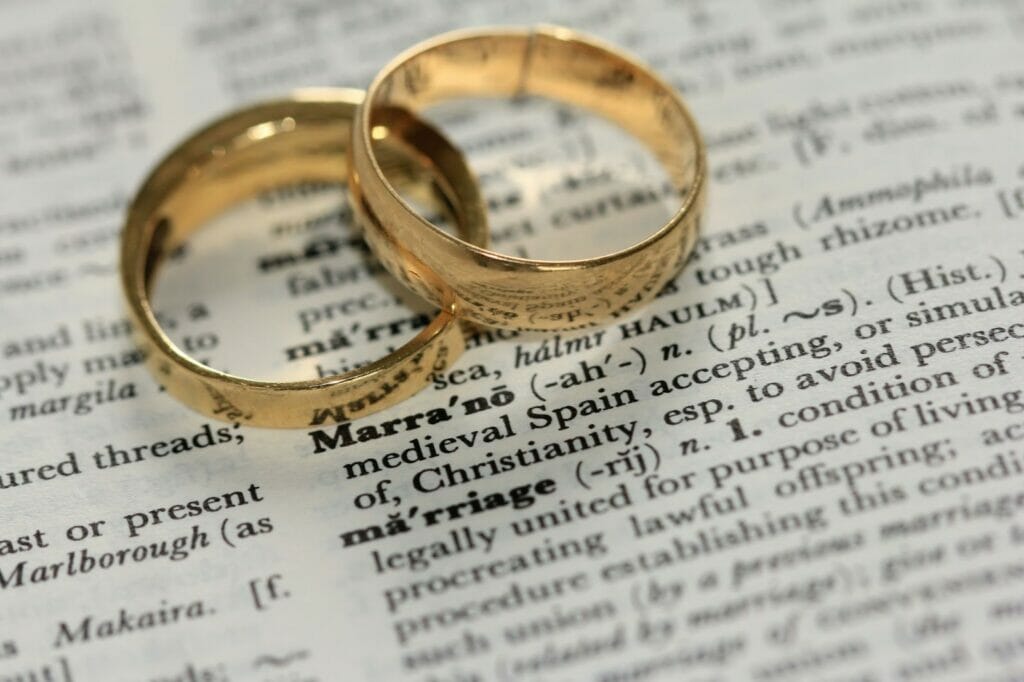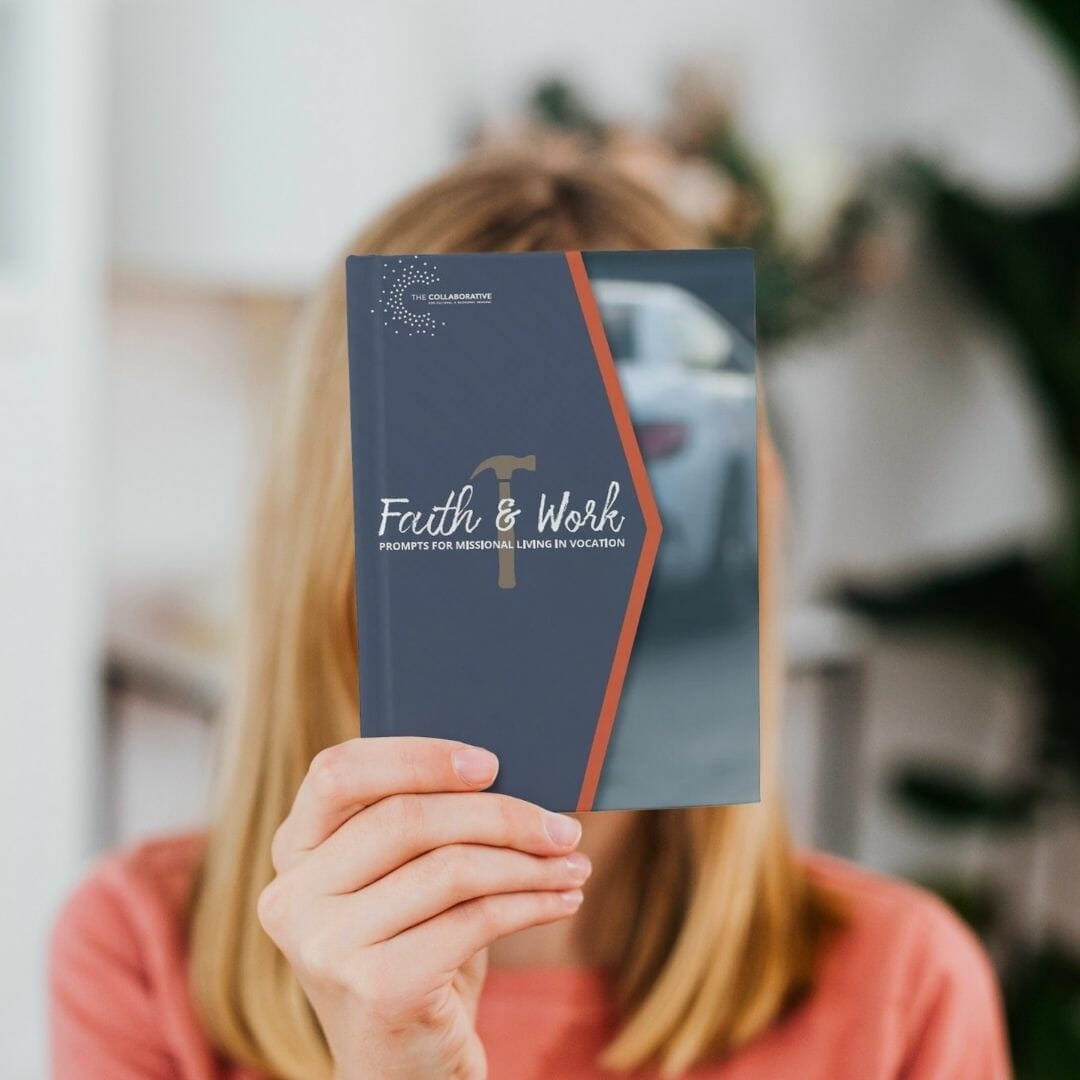
One of the silver lining of covid is our forced reimagining of work. Today’s article encourages us to continue rethinking holistically how and why we work. The circumstances of covid may allow us to consider these questions more honestly because we are fettered by the traditional vision of work. There is certainly an emphasis on women in this blog post, but do not let that be a distraction because the same ideas apply to men. The bottom line is that this is a conversation that should be had among married couples whether you are still enjoying marital bliss or your marriage is long in the tooth. Today’s article is from the Hedgehog Review by Mary Harrington. She is a writer and contributing editor at Unherd. She has written for First Things, The Spectator, and The New Statesman, among other publications. Her forthcoming book Feminism Against Progress will be published in 2023 by Forum Press.
Is There Hope for Marriage?
On Big Romance and Other Myths of the Modern Age
by Mary Harrington
If the last few years tell us anything, it is that we are well beyond Peak Progress. The decades since the turn of the millennium have seen two international financial crises, terrorist attacks, a return of great-power politics, a brutal and potentially catastrophic war in eastern Europe, a global pandemic, and (at the time of writing) rocketing inflation.
Against this backdrop, what hope is there for those who want to build? It is an urgent question: The rolling crises show no signs of abating and promise to make life steadily poorer, tougher, and more uncertain for all but the wealthiest. And if building fundamentally requires families, families require solidarity between the sexes. Throughout much of human history and culture, this has meant marriage.
But what marriage means has varied over time. I have argued elsewhere that the “angel by the hearth” conception of private womanhood that conservatives usually refer to when they talk about “traditional marriage” emerged as a byproduct of industrialization, and that women in fact lost agency in some respects in the transition from productive agrarian households to bourgeois industrial ones. I have also argued that the romantic ideal of marriage emerged alongside that model of private womanhood. That is, women lost economic agency in family life and, in response, came to believe that they should be prized both as the more morally elevated half of the relationship and as an individual in an intimate relationship. These two things together form the core of Big Romance: the “companionate marriage” premised not on economic necessity or transactional exchange but on mutual interpersonal romantic affection.


